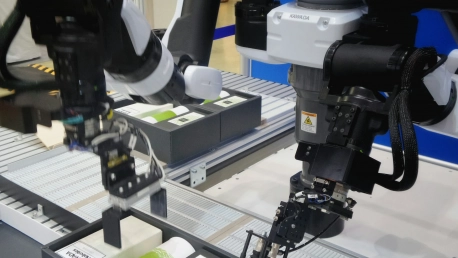
The advent of generative AI is undoubtedly one of the most transformative developments in the video game industry. Offering far more than mere enhancements to graphic quality or gameplay, generative AI has begun to reshape the very mechanics of game development. From accelerating the creation of

The natural language processing market has experienced remarkable growth recently, fueled by the rapid integration of artificial intelligence technologies. As a subset of AI, natural language processing focuses on enabling computers to understand, interpret, and respond to human language. Its

Horizon GmbH is at the forefront of revolutionizing the manufacturing industry through its strategic adoption of smart technology. Under the innovative leadership of Timm Edelhoff, Horizon is leveraging advanced technologies like AI, automation, and robotics to enhance operational efficiency,

In the thrilling realm of technological evolution, amid the frenetic pace of innovation, two prominent forces stand out for their unique contributions to artificial intelligence (A.I.): Apple and Elon Musk. Apple, known for its sleek design and user-centric approach, has been diligently funneling

Generative AI, or Gen AI, stands at the forefront of technological evolution, transforming how we live and work with its rapidly expanding capabilities. Recently, the tidal wave of Gen AI adoption has cascaded through Australia, witnessing a remarkable leap among professionals testing its

The rise of generative artificial intelligence (AI) in the insurance sector is as swift as it is groundbreaking. Having captured the attention of industry professionals worldwide, generative AI stands as a testament to the technological strides taken in recent years. Yet, amidst the buzz and